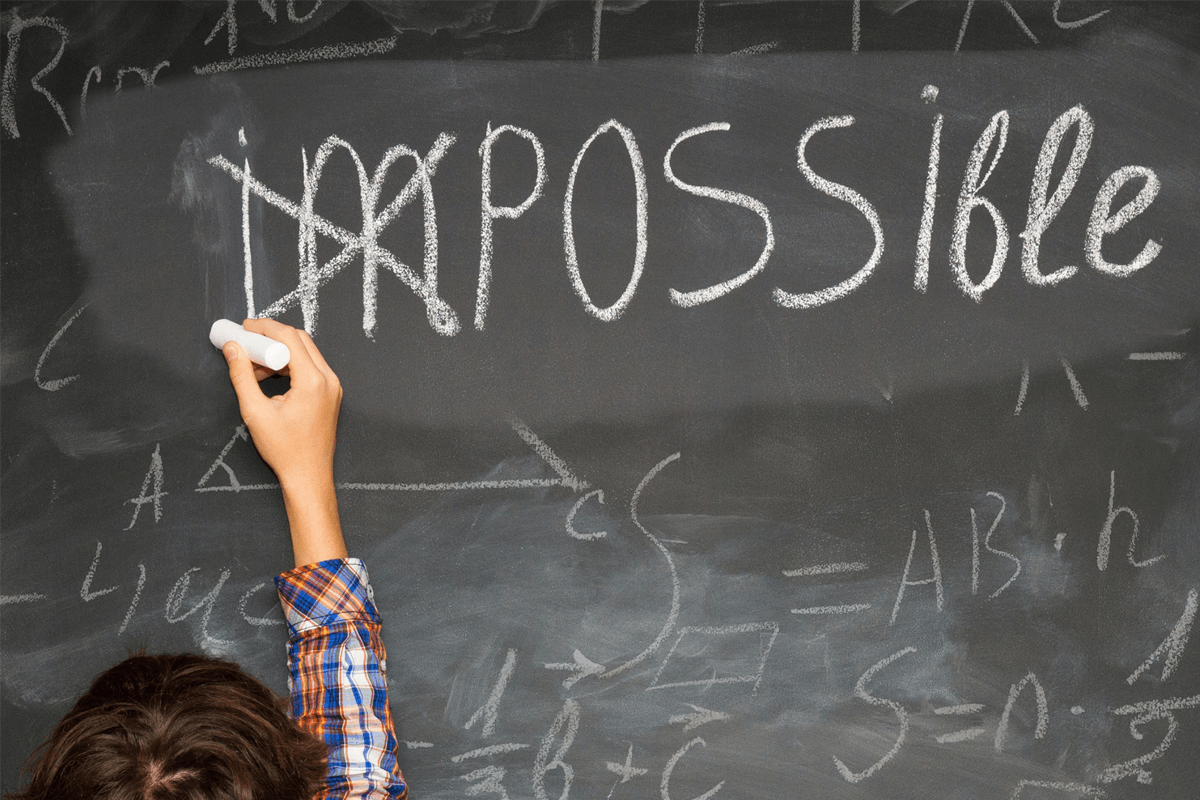I have heard it time and time again…… Go ask your Mother! I don’t get math, she has the math gene in the family. Time and time again I hear adults make similar statements, they aren’t good at math and that is due to some missing genetic code in their DNA make-up. It is an easy way […]
Categories
The Math Gene


